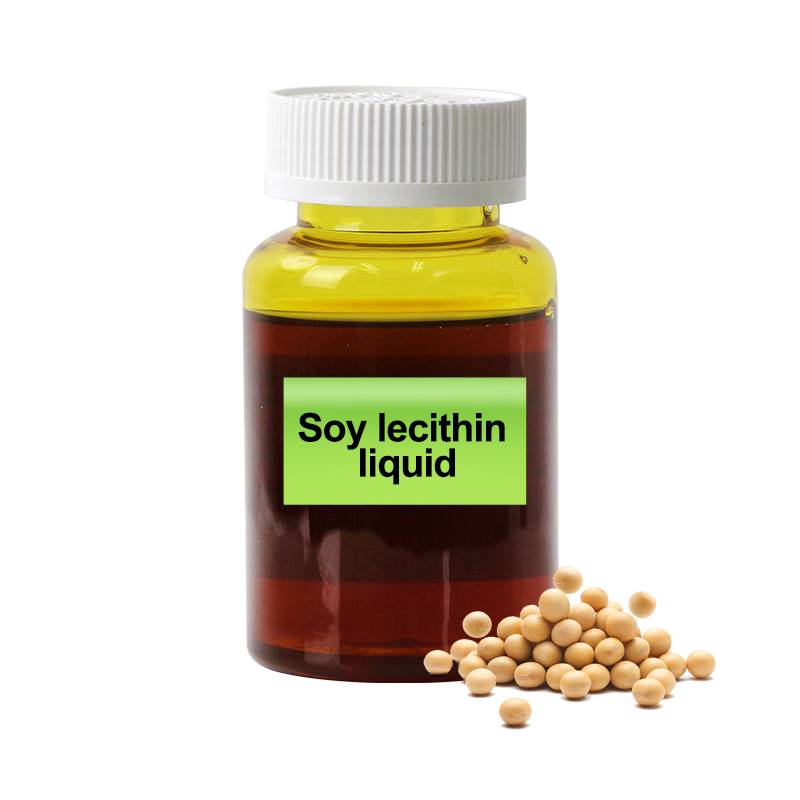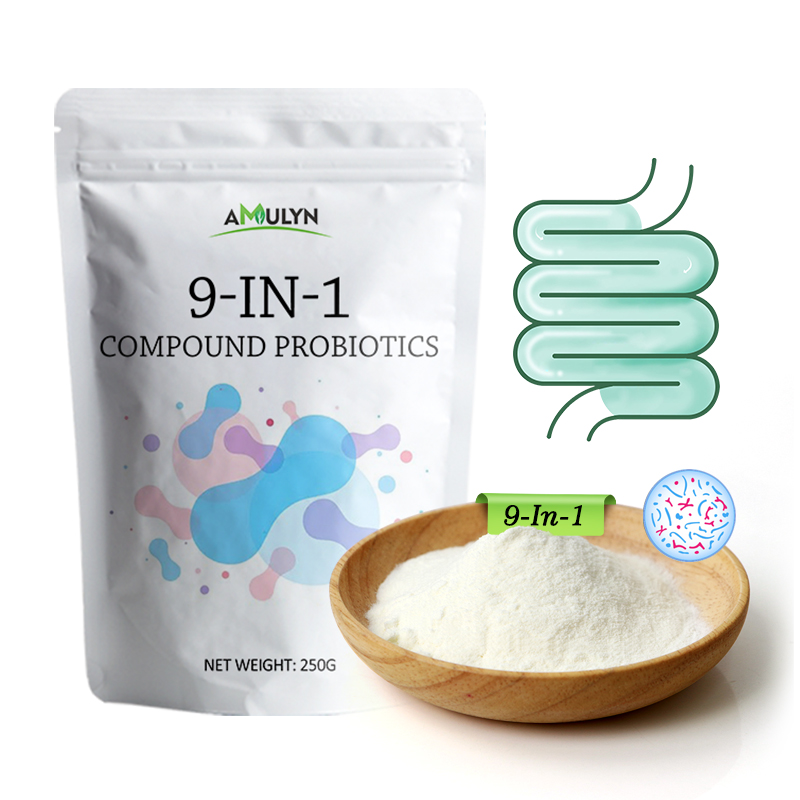The Science: The Art of Extraction at a Molecular Level
Matcha is rich in various compounds—catechins, amino acids, chlorophyll, etc.—which are released at different rates depending on the temperature. Research indicates that the optimal brewing temperature for matcha is between 60-80°C (140-176°F). This range perfectly balances the extraction of its various flavor components.
Water Temperature: The "Switch" for Flavor
Water temperature is the most direct and crucial variable when preparing matcha. It acts like a key, unlocking different flavor compounds within the powder.
Hot Water (80°C - 100°C / 175°F - 212°F): The Bitterness Trap
What Happens?
High temperatures rapidly extract all components from the matcha, including its potent catechins (a type of polyphenol and the source of bitterness). While this yields a strong tea flavor, it over-extracts bitterness, overshadowing matcha's delicate umami and natural sweetness.
Taste Profile: Sharp, bitter, with an astringent feel. The subtle aroma of matcha can be "scalded."
When to Use?
Generally not recommended. Avoid unless you specifically enjoy a very strong, bitter profile.
Medium-Hot Water (70°C - 80°C / 160°F - 175°F): The Flavor Sweet Spot
What Happens?
This temperature range is the extraction "sweet spot." It effectively dissolves the amino acids (theanine) responsible for umami and sweetness, while only gently releasing catechins. This achieves a perfect balance between bitterness and umami.
Taste Profile: Smooth, mellow, with noticeable umami, a hint of sweetness, and a marine/seaweed aroma. The finish is long-lasting, with barely perceptible bitterness.
When to Use?
This is the golden rule for preparing Usucha (thin tea), suitable for the vast majority of daily matcha drinking.
Cool Water (Below 70°C / 160°F): The Umami Bloom
What Happens?
Lower temperatures enable a slow, selective extraction, prioritizing amino acids (theanine) while extracting minimal catechins.
Taste Profile: Exceptionally sweet and umami-rich, with a gentle mouthfeel. However, the tea flavor and aroma might be less intense, and the overall complexity can be simpler.
When to Use?
Ideal for Koicha (thick tea), where the high powder quantity requires an extremely fresh and sweet profile to support it. Also recommended for matcha beginners or those sensitive to bitterness.
Practical Tip
If you don't have a thermometer, a simple method is to boil water, then pour it into your tea bowl and let it sit for 2-3 minutes. The temperature will drop to around the ideal 80°C.
Water Quality: The Invisible Flavor Sculptor
TDS (Total Dissolved Solids) is a key indicator measuring the mineral content in water. Studies have found that water with a TDS value around 20ppm is most suitable for brewing tea. Water at this level can enhance the tea's aroma and highlight its natural sweetness.
Mountain Spring Water: The Ideal Choice
The old adage "mountain spring water is best" is confirmed by modern research. Spring water typically contains a balanced amount of minerals (calcium, magnesium, potassium, etc.), which can enhance the sweetness and body of the tea, making the matcha's flavor more multi-dimensional.
Purified Water: Safe but Plain
Purified water, treated by RO reverse osmosis or distillation, has a TDS value close to 0ppm. While safe and harmless, water that is too "clean" can make the tea taste thin and lack complexity.
Mineral Water: Choose with Caution
Commercially available mineral water usually has a TDS ranging from 50-500ppm. Water with high mineral content (TDS >100ppm) can react with the polyphenols in tea, producing an unpleasant metallic or bitter taste.
Tap Water: Varies by Location
Tap water TDS values vary greatly by region (200-500ppm). If your local water is hard, it's advisable to use a water filter to remove excess chlorine and heavy metals.
Practical Guide: Crafting the Perfect Matcha
Water Temperature Control Techniques
-
Thermometer Method: Use a food thermometer for precise measurement.
-
Time Method: Let boiled water sit for 5-7 minutes to naturally cool to the ideal range.
-
Touch Method: Bring your palm close to the water surface; it should feel warm but not hot (approx. 70°C).
Water Quality Optimization
-
Test TDS: Purchase a TDS tester pen to understand your home's water quality.
-
Choose Your Water Source: Prioritize water with a TDS between 20-50ppm.
-
Filtration: Use activated carbon or reverse osmosis filters to improve water quality.
Detailed Brewing Steps
-
Preheat Utensils: Warm the tea bowl and chasen (bamboo whisk) with warm water.
-
Sift Tea: Sift the matcha powder to avoid clumps.
-
Add Water: Add the appropriate amount of hot water based on your temperature choice.
-
Whisk: Use the chasen to whisk quickly in a "W" or "M" motion until a fine foam with tiny, dense bubbles forms on the surface.
Advanced Exploration: Personalize Your Matcha Experience
Seasonal Adjustment
-
Summer: Use slightly lower temperatures (60-65°C) to emphasize refreshment.
-
Winter: Use slightly higher temperatures (75-80°C) to enhance warmth.
Matcha Grade Matching
-
Ceremonial Grade: 60-70°C to highlight delicate flavors.
-
Culinary Grade: 75-80°C to balance potential bitterness.
Creative Experiments
-
Cold Brew Matcha: Use room temperature or cold water, whisk thoroughly, and refrigerate for a refreshing taste.
-
Sparkling Matcha: Use sparkling water instead of still water for a unique texture experience.
GET AMULYN MATCHA
 Koicha Ceremonial Grade Matcha Powder
Koicha Ceremonial Grade Matcha Powder Organic Ceremonial Grade Matcha Powder
Organic Ceremonial Grade Matcha Powder Premium Beverage Grade Matcha Powder
Premium Beverage Grade Matcha Powder Everyday Culinary Grade Matcha Powder
Everyday Culinary Grade Matcha Powder Organic Instant Pure Matcha
Organic Instant Pure Matcha Soy Lecithin Powder
Soy Lecithin Powder Sunflower Lecithin Powder
Sunflower Lecithin Powder Soy Lecithin Granules
Soy Lecithin Granules Phosphatidylcholine
Phosphatidylcholine  Phosphatidylserine
Phosphatidylserine Soy Lecithin Liquid
Soy Lecithin Liquid Reishi Mushroom Powder
Reishi Mushroom Powder Lion's Mane Mushroom Powder
Lion's Mane Mushroom Powder Cordyceps Sinensis Powder
Cordyceps Sinensis Powder Chaga Mushroom Powder
Chaga Mushroom Powder Shiitake Mushroom Powder
Shiitake Mushroom Powder Cordyceps Militaris Powder
Cordyceps Militaris Powder


























































